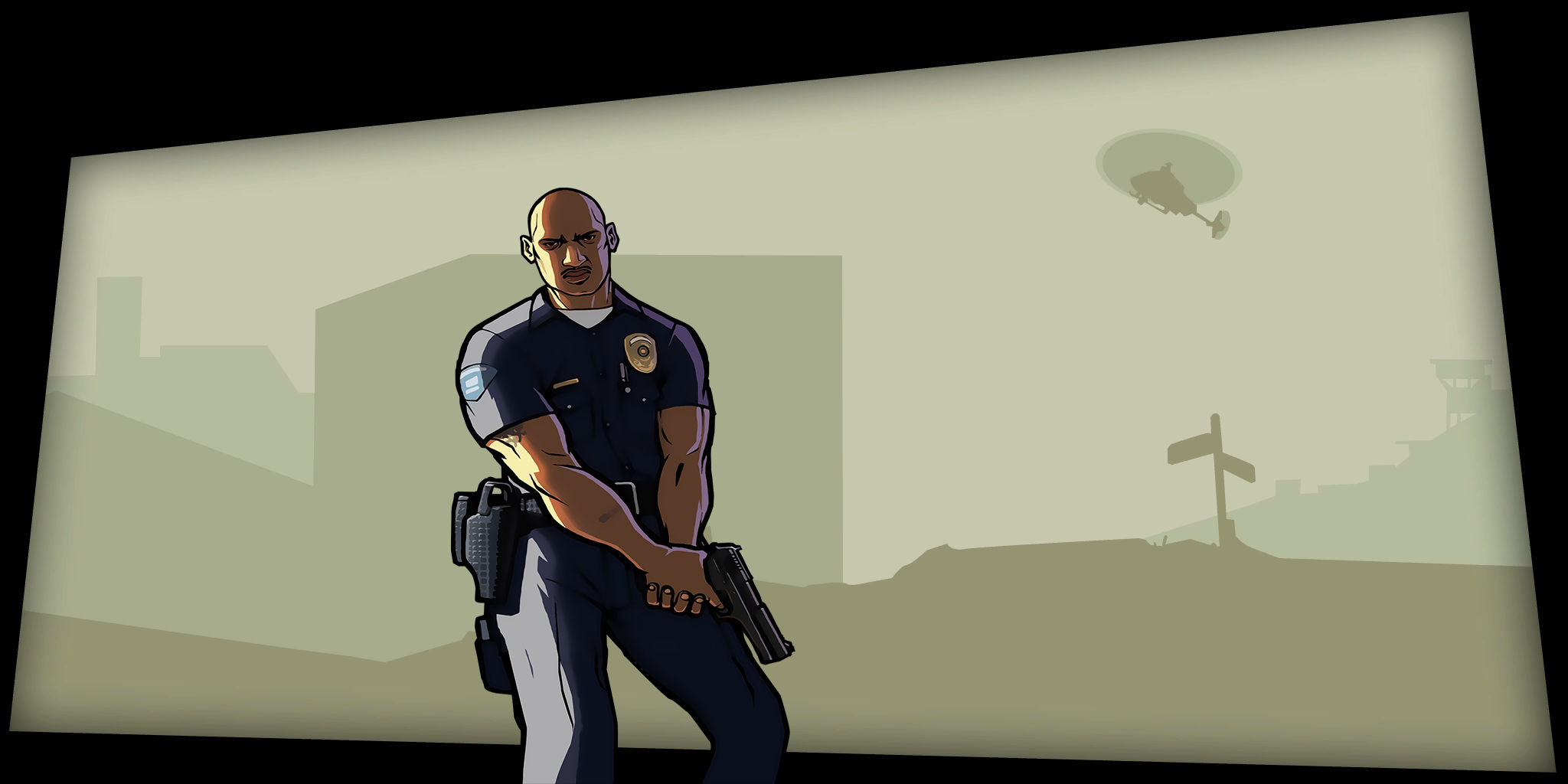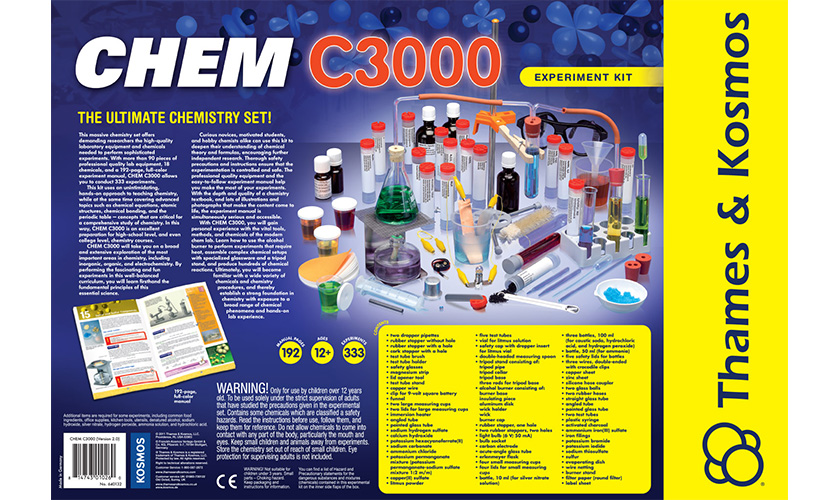

By this time, some kids are losing interest in toys that encourage make-believe but may be intrigued by those that actually “do” something. Middle school and up: Middle school is the prime age for science toys. Parental supervision remains a good idea. Attention spans have increased, but children may still need mental breaks from more complex toys.

Reaction time has improved, making problem-solving and simple experiments a possibility. Upper elementary students (ages 8 to 10): By now, children have honed their hand and finger control to the point where they can easily build with smaller blocks. Exploration is important, but parental involvement is still likely to be necessary. Other toys may explore more traditional aspects of science. Some toys sneak in tech skills in ways that appeal to kids who don’t have this traditional bent. Gears and building toys may remain popular, but they move up a notch when a coding dimension is added. Lower elementary students (ages 5 to 7): At this point, kids can start applying the skills they’ve already learned with true science toys. Items that help children strengthen gross or fine motor skills will help them move on to more complex toys later.

Kits with large, interlocking gears are likely winners, as are simple magnet toys. However, that doesn’t mean your child has the dexterity to deal with tiny objects. Preschoolers (ages 3 to 4): At this age, choking concerns drop greatly, so magnetic building toys and sets with smaller pieces are a possibility. At this age, look for building toys that don’t pose a choking risk or stations that allow children to fill and dump media, like water or sand. Similarly, toys with magnetic components that could come loose aren’t recommended for children under age three. Toddlers (ages 1 to 2): Many toddlers explore their toys orally, so small toys - those that could fit into a toilet paper tube - aren’t recommended. Be sure to check the toy’s age recommendation, but remember that every child is different, so you should keep your particular kid in mind.

Science toys must be complex enough to engage a child but not so advanced that it frustrates them. Some require higher-level thinking that is appropriate for middle schoolers. Some toys aren’t recommended for toddlers because their small parts pose a choking risk. Key considerations AgeĪ child’s age is one of the most important factors to consider when choosing a science toy. The experiments introduce the investigator to the proper use of chemistry lab equipment and cover general chemistry and introductory organic essentials.Science toys can help kids build problem-solving skills. As you might expect, there’s nothing particularly dangerous with respect to waste disposal (e.g., no mercury, carbon tetrachloride, etc.), but it’s a serious set, intended for hands-on, old-school chemistry experimentation. The company reserves the right to make technical changes in the kit, so there isn’t much point in listing the exact contents of the box I received, but I will say it included a 192-page paperback color lab manual, safety glasses, stickers for labeling chemicals, test tubes, a test tube holder and test tube brush, a funnel, graduated beakers, pipettes, stoppers, an alcohol burner, a tripod stand, electrodes, brown bottles for storing light-sensitive chemicals, rubber hoses, glass tubing, filter paper, an evaporating dish, an Erlenmeyer flask, a plastic syringe, litmus powder, an assortment of other lab necessities, and numerous containers of chemicals. The kit comes in a box containing two foam packing trays. You’ll be able to perform over 350 chemistry experiments.
Chem c3000 science kit plus#
This is the ultimate chemistry kit! Thames & Kosmos Chem C3000 kit contains everything in their Chem C1000 and Chem C2000 kits, plus more chemicals and equipment.


 0 kommentar(er)
0 kommentar(er)
